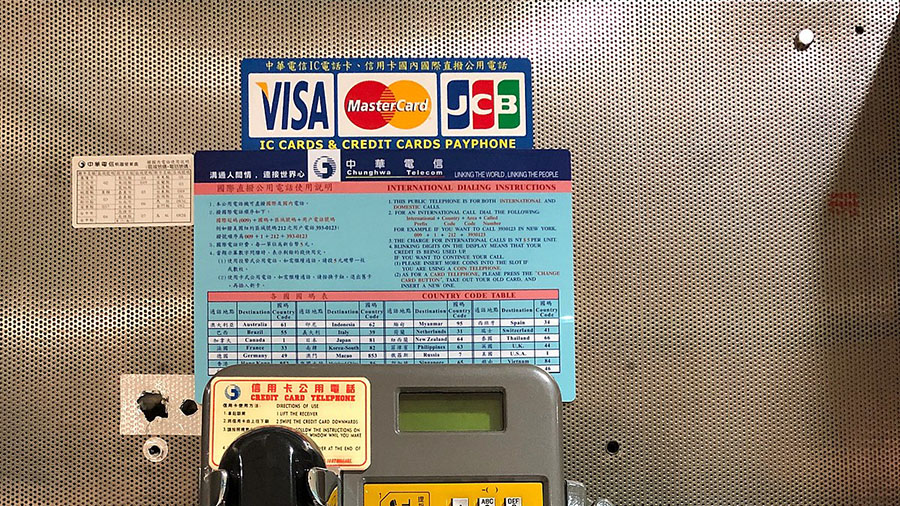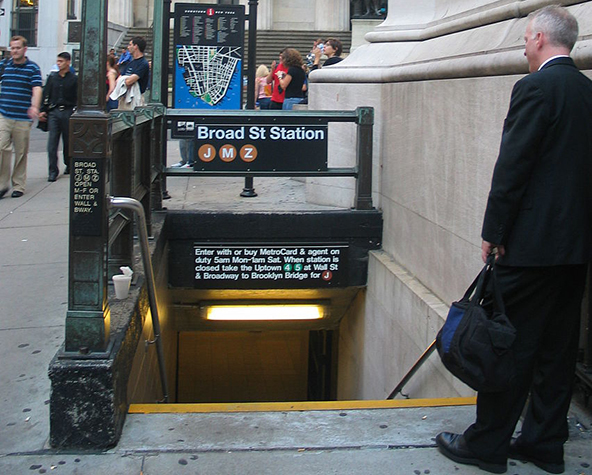Authorization of Visa Payment Card Transactions

The payment card authorization process enables the card issuer to approve or decline a transaction. In most cases, authorization requests are processed electronically in the matter of seconds. However, as a protection against fraud, the card issuer may from time to time request additional information about the transaction.
If done properly, transaction authorization is a quick and simple process, which helps protect merchants against fraud and chargebacks.
Click for Quick Navigation:
- Transaction Authorization Responses
- Authorizations Below the Floor Limit
- CRB Actions
- Floor Limits and Required Transaction Authorization
- Split-Tender Transactions
- Partial Authorizations
- Prepaid Visa Card Acceptance
Transaction Authorization Responses
During the card authorization process, your sales associates at the point of sale should receive one of the following responses (or one that is similarly worded):
- Approved. The card issuer approves the payment transaction. This is the response in most authorization requests.
- Declined or Card Not Accepted. The card issuer does not approve the transaction, which should not be completed. In this case, return the card to the cardholder and instruct him or her to call the card issuer for details on the status of the card account.
- Call, Call Center or Referrals. The card issuer needs more information before approving the transaction. You need to call your authorization center and follow whatever instructions you receive. In most cases, the authorization representative will ask to speak directly with the cardholder or will ask you to check the cardholder’s identification.
- Pick Up. The card issuer wants to recover the card used for payment. In this case, do not complete the transaction. Inform the cardholder that you have been instructed to keep his or her card and ask for an alternative form of payment. If you do not feel comfortable, simply return the card to the cardholder, however do not engage in a verbal dispute with your customer.
Once the transaction has been approved, the point-of-sale (POS) terminal automatically prints a sales receipt. In case you have received one of the negative or alert messages listed above, the response is displayed on the POS terminal and no sales receipt is printed. Whatever the message you receive however, you should continue to treat your customer courteously so as not to arouse alarm or suspicion.
The authorization approval should be seen as an indication that sufficient account funds or credit is available and that the card has not been reported as lost or stolen.
You should always request authorization on an expired Visa card. If the card issuer approves the transaction, you can proceed with the sale. Never process a transaction, which has been declined.
Authorizations Below the Floor Limit
For many card transactions, the floor limit is zero, which means that the merchant will be liable for chargeback No-Authorization, if it does not obtain an online authorization approval. For transactions below your floor limit, you have the option to do the following:
- For magnetic-stripe payment card transactions, request authorization.
- For chip card transactions, you need to either obtain offline approval or request online authorization. The card and the POS terminal will automatically determine which is appropriate.
- If you are using a chip terminal, do not seek authorization, but compare the card number to the current Card Recovery Bulletin (CRB). The CRB is an International list of lost or stolen, counterfeit and other cards that card issuers have listed for pickup. For additional information about the CRB, contact your acquiring bank.
CRB Actions
If you are presented with a card, which is listed on the CRB, you need to take the following actions:
- Do not complete the transaction.
- Keep the card, if possible by reasonable, peaceful means. However, do not put yourself at risk.
- Call your authorization center, inform the agent that the card number is on the bulletin and give the account number, before asking for instructions.
If the Visa card number is not on the CRB bulletin and the transaction amount is below your floor limit, you are not required to obtain an online authorization. In this case, you may proceed with the transaction. However, there are some exceptions to this rule.
Floor Limits and Required Transaction Authorization
For some Visa card transactions, you are required to request online authorization. These circumstances are listed in the Visa Rules. Additionally, Visa has floor limits for specific countries, MCCs or transaction types. If the transaction is above your floor limit, you face liability from No_authorization, if you do not obtain online authorization.
Note that the embedded chip on Visa cards contains issuer-defined parameters, which guide the card acceptance procedure in a chip transaction. The chip can be programmed to request that a chip-enabled POS terminal proceed with an online authorization or indicate that the transaction should be authorized offline by the chip.
Split-Tender Transactions
It is a good practice to accept a split-tender transaction, as an alternative to a decline, in cases when the available card balance is not sufficient to approve the transaction in full. A split-tender transaction takes place when a cardholder makes a purchase for goods or services in part with a Visa card and in part with some other form of payment, or tender, such as cash or check or even another Visa card. Merchants set their own policies on whether or not to accept split-tender transactions and you need to ensure that your sales staff knows what your policy is.
If you do accept split-tender transactions, and the total amount exceeds the Visa floor limits, authorization for the Visa part of the transaction must be obtained—even if the amount being paid is below your floor limit.
Partial Authorizations
A Partial Authorization allows participating merchants to obtain an approval for a partial amount of a Visa card transaction (for the amount available on the card), in cases when the amount of the original authorization request exceeds the available card balance.
You can then request another form of payment to cover the remaining balance of the transaction amount. A partial authorization provides an alternative to receiving a decline to your authorization request, whenever the available card balance is insufficient to approve the transaction in full. In such cases, the Visa card issuer can return an authorization response with an approval for the portion of the original amount requested, allowing for the remainder of the transaction amount to be paid by other means, through the split tender functionality (see above).
Note that all cashback merchants and AFD transactions (only for the U.S. region) is required to support Visa Partial Authorization.
Prepaid Visa Card Acceptance
Prepaid Visa cardholders often do not know whether or not their available balance is sufficient to complete a POS purchase. Without this information, the merchants can experience lost sales or excessive time spent at checkout, attempting to determine if the sale will be approved.
To streamline the checkout process, and ensure that prepaid Visa cardholders can use the remaining available funds, there are three optional POS solutions for merchants worldwide.
- Visa Point of Sale Balance Inquiry Service provides participating merchants with the capability to inform cardholders of the available balance on non-reloadable Visa Gift and Incentive cards via a stand-alone terminal, even when a purchase is not involved. U.S. card issuers of non-reloadable Visa prepaid cards are required to support the Balance Inquiry Service.
- Visa Point of Sale Balance Return Service provides merchants with the ability to print the available prepaid card balance on the sales receipt at the conclusion of a transaction a the point-of-sale. U.S. card issuers of non-reloadable prepaid cards are required to support the Balance Return Service.
- Visa Partial Authorization. If your payment processing system can support implementation of Visa Partial Authorization, you should enabled it. If you cannot support Visa Partial Authorization, because of system limitations, you should implement the Visa Point of Sale Balance Inquiry or Balance Return Services. These services are particularly useful for split tender transactions, which involve non-reloadable prepaid cards.
Image source: Wikimedia

